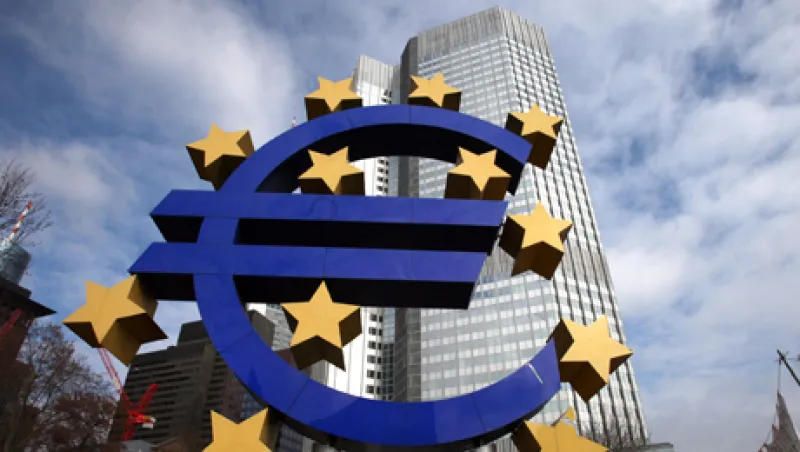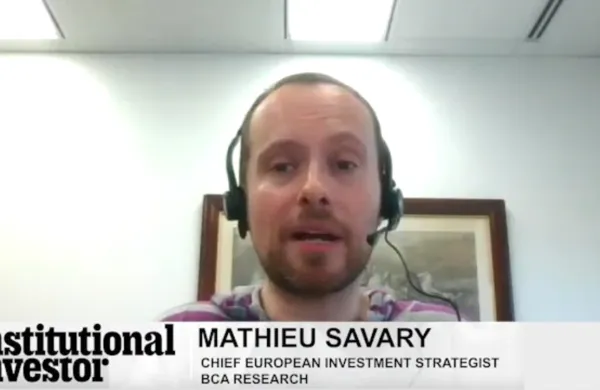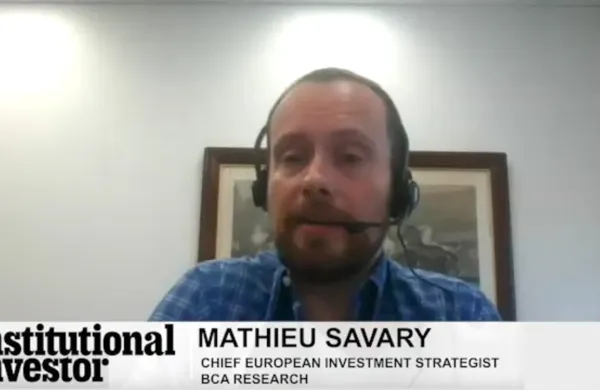Central bankers and economists are looking for a substantial economic impact from the second round of the European Central Bank long-term refinancing operation, announced on February 29. The hope is that the money will be used for lending to companies and to individual customers, building on the success of the first round in December, which averted a “major, major credit crunch” according to ECB president Mario Draghi.
This time some 800 banks, compared to 523 banks in December, took a total of €529.5 billion ($712.8 billion), compared to €489 billion in December, in three-year loans at 1 percent, in line with market expectations after collateral rules were relaxed in February. Gerard Lyons, chief economist at Standard Chartered in London, tweeted on February 29, “The ECB’s LTRO buys time, eases pain and removes the stigma.”
Draghi wants more than this. He said last week that while banks were free to make their own decisions, “we would prefer it if they would lend the money to companies and to households.” The ECB is encouraged by its own data which shows that overall euro zone bank lending to private sector companies slipped by only €1 billion in January after falling by €35 billion in December, the biggest decline on record. But year-on-year growth in lending was only 0.7 percent in January, compared to 1.8 percent in October.
Erik Bergloff, chief economist at the European Bank for Reconstruction and Development in London, believes that Central and Eastern Europe has suffered especially hard but takes heart from the LTROs. He said, “It is too early to say to what extent the LTROs have solved the problem of contraction in lending in Central and Eastern Europe. But we certainly believe that the latest round should help to boost lending.”
Dan Morris, global strategist at J.P.Morgan Asset Management in London, however, warned in a note on February 29, “with many economies growing slowly if at all, expectations for a big increase in lending will be disappointed.” Without economic growth, the loans are unlikely to achieve anything except to delay massive deleveraging by banks in Europe. Huw Van Steenis, European banks analyst at Morgan Stanley in London, said in a note in February he estimates that Europe’s banks will have to shed up to €2.5 trillion of assets in the next 18 months.
The other important use of the LTROs, which the ECB has to downplay because it is not within its remit to support governments, is the purchase of sovereign bonds. Soaring Italian and Spanish sovereign yields in the second half of 2011 were a serious problem, but they have now eased. Yields on Spanish 10-year bonds fell to just below 5 percent on February 29 compared to 6.83 percent in late November, while Italy’s 10-year bonds fell to 5.19 percent compared to 7.25 percent in November. The pressure is off at least partly because banks have been buying government bonds in what is known as the “carry” trade: ECB figures show that Italian banks increased their holdings of euro zone government bonds by a record monthly amount of €20.6 billion in January up to €280 billion, while Spain’s banks bought a net amount of €23.1 billion, also a record, bringing their total up to nearly €230 billion. But only seven banks, mostly Italian institutions such as Intesa San Paolo, UniCredit and Mediobanca, are openly promising buy government bonds after the latest round.
Overall market confidence has certainly been growing since December. Mike Rees, head of wholesale banking and a board member at Standard Chartered in London, which says it is a net lender to euro zone banks and did not take part in the LTROs, said “We would be pretty confident lending to the big ‘basis banks’ as we call them.” The senior unsecured market has reopened for top-tier banks, even those in “peripheral” countries: Italy’s Intesa, for instance, launched a €1.5 billion issue in January.
Any stigma that might have attached to the LTROs has all but disappeared. Josef Ackermann, CEO of Deutsche Bank, said in February he would be worried about the “reputational” issues of taking ECB loans, but the 800 banks that have taken part include some solid, well-funded, names. The loans are so cheap that nearly all banks have decided to participate. HSBC Holdings of London said on Monday it would seek to borrow up to €350 million through a euro zone subsidiary, adding to the €5.2 billion it took in December. Two other U.K. banks, neither of which need to raise capital to meet European Banking Authority demands, joined in, including Lloyds Banking Group, which said it raised €13.5 billion, and Royal Bank of Scotland, which had already raised €5 billion in December. Italy’s largest bank, Intesa, which had already raised €12 billion in December, enough to cover its wholesale funding needs, took another €24 billion on February 29, after having pledged to boost lending and increase government bond purchases.
While Germany’s Bundesbank has expressed concerns about the inflationary implications of so much cheap money flooding the markets, Draghi insisted last week there were no signs of inflationary pressure. “Quite the opposite,” he said.






